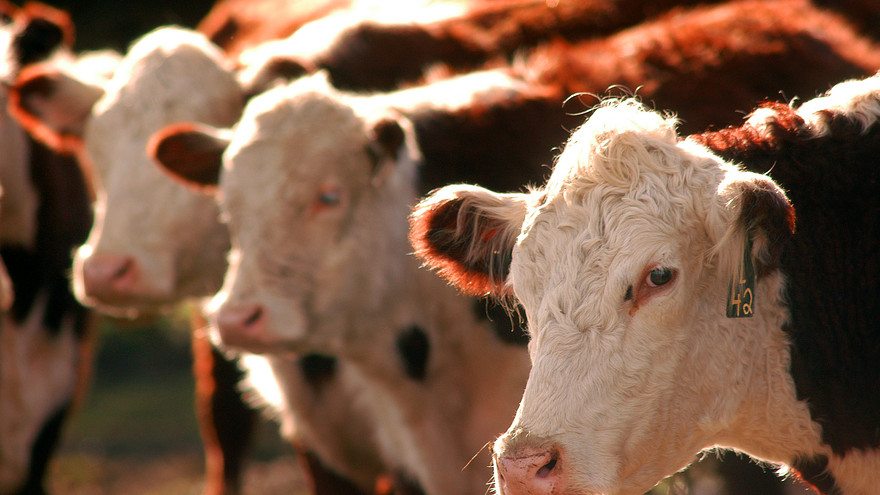Even without considering pandemic, huge obstacles remain before reaching any sort of predictability for our food producers. Challenges include the ever-rising cost of doing business, the ongoing war in Ukraine and climate change, just to name a few. Despite this, farmers, ranchers, and other agri-business owners have proven that they are able to not only overcome but succeed and excel in what they do – feeding Canadians and the World.
Looking back at how the year began, if someone told me that Canada’s agri-businesses were able to produce as much as they did, I am not sure I would have believed them.
Unpredictable environmental conditions are a hurdle farmers must face every year. After the disastrous drought conditions of the 2021 season, many were worried about another year of poor weather, and environmental conditions of Spring 2022 were indeed challenging in many regions. Flooding in Manitoba was the worst it had been in over a century, costing tens of millions of dollars in damages and setting seeding back several weeks (CBC, June 3, 2022). Flooding in Saskatchewan saw a seeding delay for 17 per cent of crops with many low-lying areas having to be completely left unseeded due to standing water (CBC, June 3, 2022).
A second hurdle for agri-businesses in 2022 was the unrelenting rising cost of farm inputs, something that has been of top concern for agri-businesses all year round. From a January CFIB survey, 90 per cent of agri-businesses quoted rising prices of inputs as their top concern for 2022. According to Statistics Canada, we already saw a near 17-point jump in the national farm input price index from the end of 2021 to mid 2022, and prices are expected to continue rising in 2023.
One of those expensive inputs that attracted prominent news coverage this year was fertilizer. In March 2022, the Canadian government placed a 35 per cent tariff on all Russian fertilizer shipments to Canada – the only country in the G7 to do so. Not long after this announcement, the government also revealed its Fertilizer Emissions Reductions Targets to help achieve Canada’s national target in reducing absolute greenhouse gas emissions associated with nitrogen fertilizers by 30 per cent below 2020 levels by 2030. All of this despite efforts and initiatives, like 4R nutrient stewardship, that farmers have continued to pursue in preserving the environment for generations.
Russia’s invasion of Ukraine this February had, and still has, massive consequences for worldwide agriculture. The ongoing war did not just impact the cost of fertilizer, but also boosted the cost of several crops. With that said, this year Canadian farmers and agri-business owners saw the need to fill the hole in grain and potash production in the global market, and they rose to the occasion.
Even with skyrocketing prices of inputs and flooding across the prairies, many of our agricultural producers were able to come out of 2022 with good yields. Data from Statistics Canada shows that production increased in every crop across Canada compared to 2021 (Statistics Canada, 2022). Unfortunately, cattle and hog inventories struggled to improve numbers this year, feeling the lasting effects of 2021 drought conditions, coupled with ongoing processing backlogs (Statistics Canada, 2022).
From the rising cost of doing business, international war overseas, and climate change just to name a few, the obstacles facing many of our food producers this year were tremendous. However, 2022 proved that the resolve of our agri-business owners and operators is even greater.
To outline every obstacle facing agriculture in 2022 would take a full report. However, what this year did show Canadians and those abroad, is that Canadian agricultural producers are tough, they are professionals, and they are resilient.
Let us continue the fight to feed the world in 2023.












